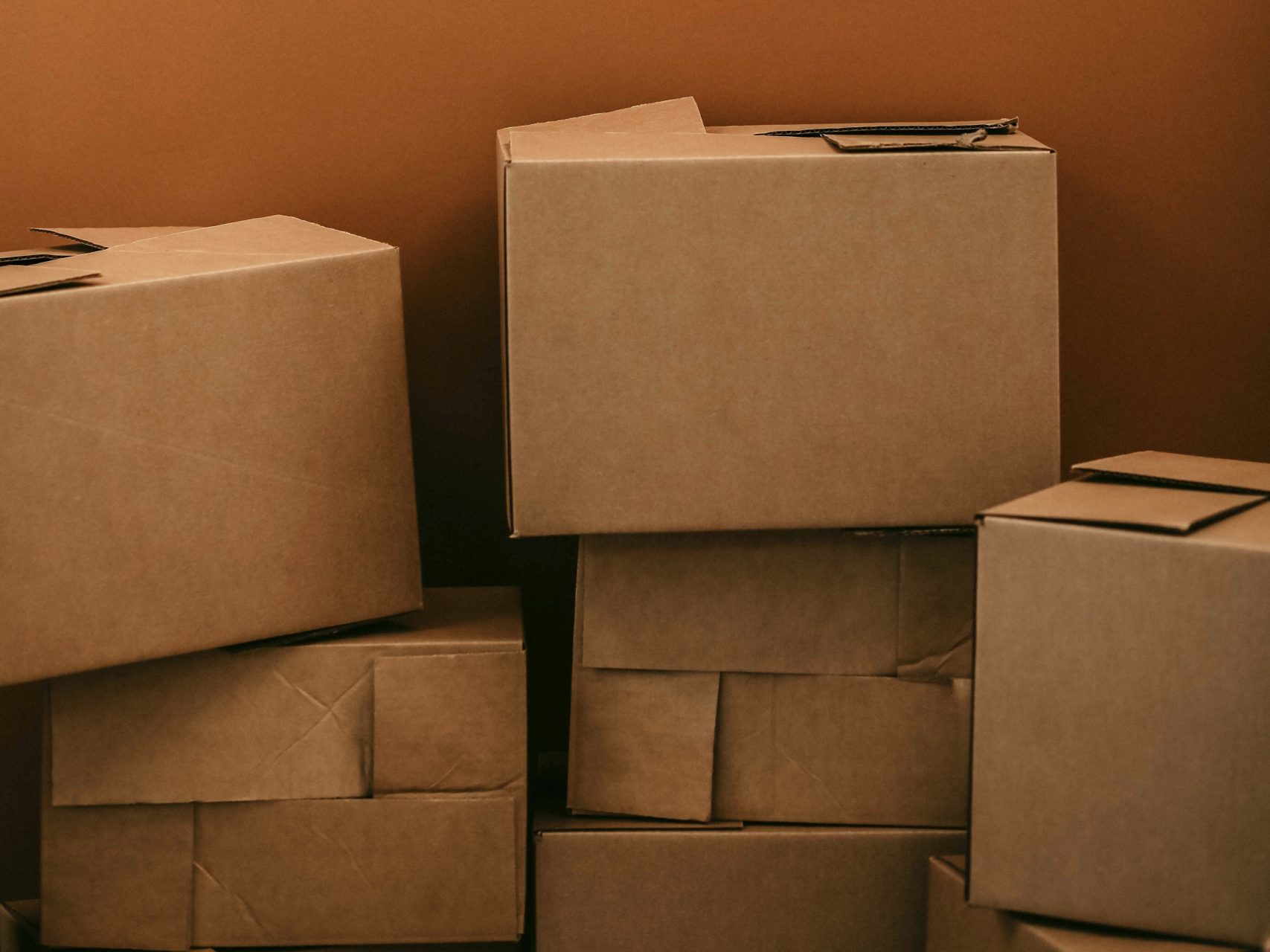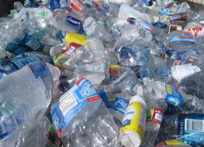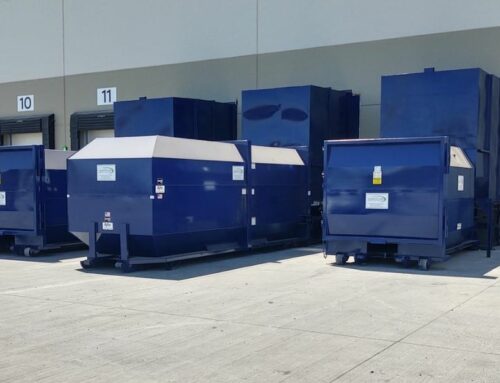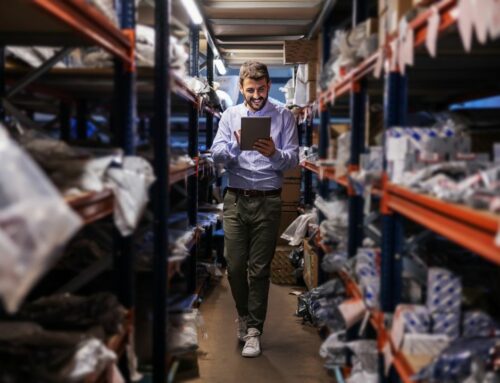Vertical Balers are fantastic solutions for businesses that produce high volumes of recyclable waste. They lower disposal transportation costs by reducing the frequency of pick-ups, improve logistics by saving space, play an essential role in the shift to more sustainable waste disposal practices, and can even generate revenue by allowing you to sell your baled materials to recyclers. Manufactured with steel and armed with a powerful motor, vertical balers are durable machines. However, although they look like they can handle just about anything you put in them, you still want to stick to only what is recommended. So, what materials can you put in a vertical baler? These can vary based on the specific type of baler, but generally speaking, these include:
- OCC (Old Corrugated Cardboard)- Most commonly known as cardboard, this is the most frequent application for vertical balers. This includes items like corrugated fiberboard used in packaging & shipping.

- Plastics- High-Density Polyethylene (HDPE) and Polyethylene Terephthalate (PET) are ideal types of plastics for balers because they tend to hold their shape. This includes but is not limited to PET items like soda and water bottles and HDPE items like milk jugs and detergent containers. Shrink wraps made from Polypropylene (PP) and polyvinyl chloride (PVC) are also typical applications.

- Non-Ferrous Metals- Non-ferrous metals are metals that do not include iron. This includes certain scrap metals like aluminum, copper, lead, zinc, and several more. A baler may be a solution for certain non-ferrous metals, but the most common application by far is aluminum items like soda cans (UBC) and aluminum siding. Many scrap yards also use balers for things like radiators and copper wire.

- Textiles- A slightly less standard yet still effective solution balers can be used for is textiles. This includes clothing, rugs, sheets, towels, and curtains.


These are the more common applications for a vertical baler but are not an exhaustive list. There are a few recyclable items that should never be put in a baler, including glass, ferrous metals, and anything potentially explosive (ex-aerosol cans). Still, otherwise, this is a versatile machine that can handle a wide variety of materials. One important thing to note is that separating waste types before baling is critical. If you have more than one type of material you plan to use your baler for, be sure not to bale them together. For example, you would not want to bale cardboard alongside plastic because this would cause contamination which will often get you less of a rebate from your recycler (if you even get one at all). Despite how versatile they can be, it’s also essential that you disclose every material you plan to use your baler for. While they can process a wide range of recyclables, modifications have to be made to the baler for specific materials. For example, putting textiles in a baler that you initially were only planning to use for cardboard will not work the way you intend it to. This makes it even more crucial to consult with an experienced equipment expert. That’s where we come in.
If you have a material that you think a baler might be a solution for, we want to hear from you. Our knowledgeable sales staff can help guide you to choose a solution that best meets your needs. Contact us today!
We’ll Help You Find the Right Solution
Contact us today to learn more about partnering with CRA.
"*" indicates required fields



